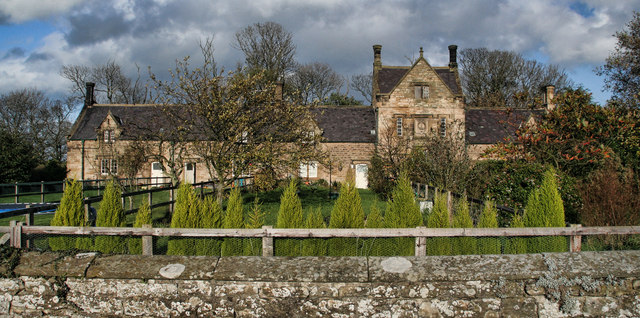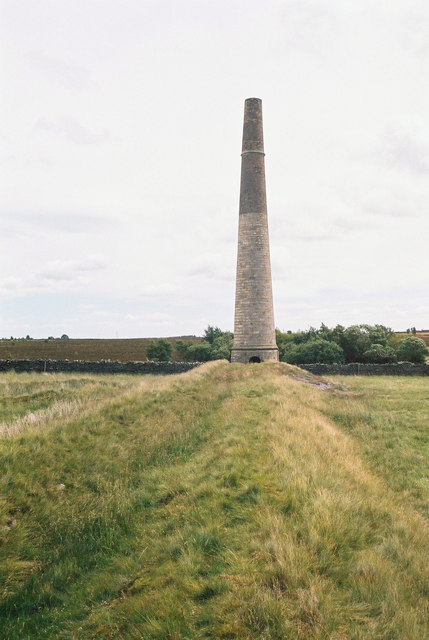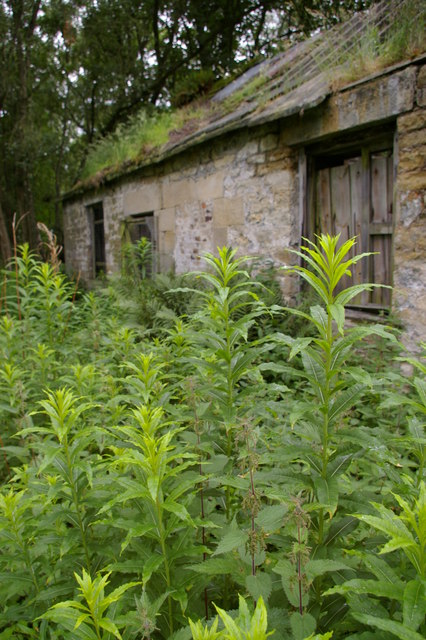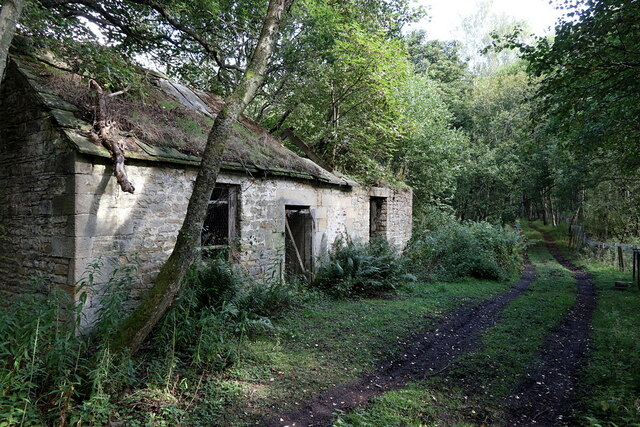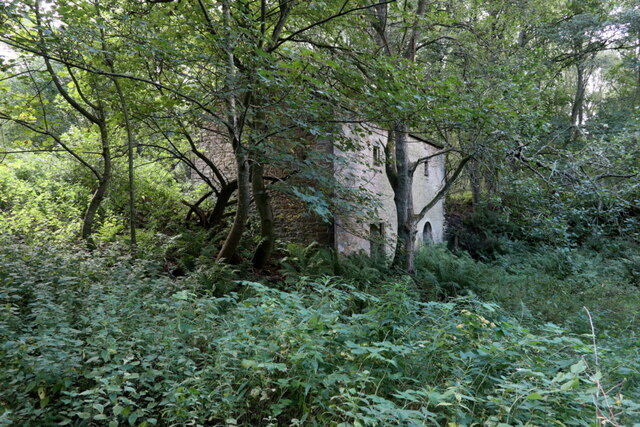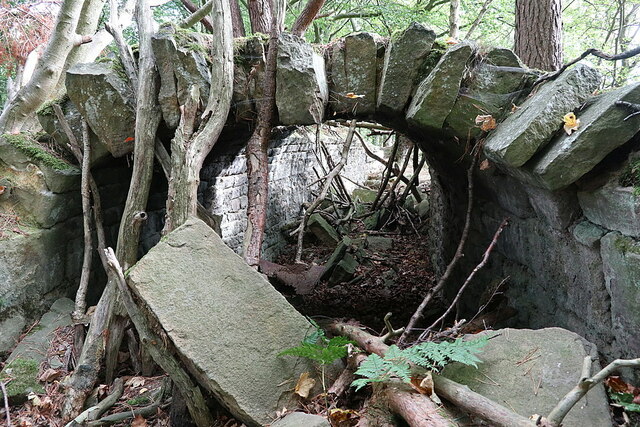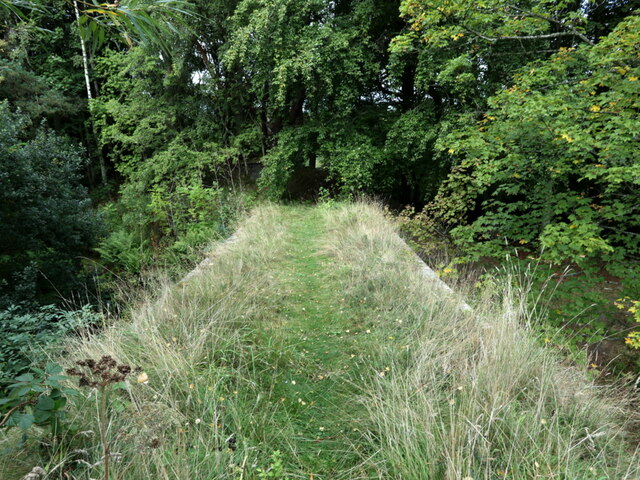Topics > Northumberland > Howick > Howick Parish, 1855
Howick Parish, 1855
Extract from: History, Topography, and Directory of Northumberland...Whellan, William, & Co, 1855.
HOWICK PARISH
HOWICK parish is bounded on the north and west by Embleton, on the south by Long Houghton, and on the east by the German Ocean. It comprises an area of 1,692 acres, and its rateable value is £2,481. Population in 1801, 184; in 1811, 214; in 1821, 234; in 1831, 208; in 1841, 242; and in 1851, 315 souls. This parish possesses no dependent townships, and its soil is rich, fertile and well cultivated. Speaking of Howick Coast, George Tate, Esq., F.G.S. says, "The geological features of the coast from Cullernose to Howick Burn, are entitled to more than a passing notice ; for there is no part of the country which presents, within so limited an area, a greater number of important and interesting geological phenomena.
"On both sides, the beds rise towards the fault; on the north side the dip is at a high angle to the north-east; but on the south side it is E.S.E. The series of beds is also different; for, on the south side, neither the limestone nor the Calp appears. From this point onward to Howick Burn, there are sandstones of great thickness, arenaceous and carbonaceous shales, and beds of coal, in which are well-preserved and characteristic specimens of the carboniferous flora. Several of the sandstone layers exhibit well-defined ripple marks. Although these beds are of great thickness, the only calcareous strata are a very impure buff limestone of one foot thick, with a coarse plate- bed holding calcareous matter; both containing marine fossils.
"Near to the Howick Boat House, the high tide in 1849 laid bare a sub-marine forest, giving evidence of a change of level in the coast within a comparatively recent period. This forest consisted of a number of oak, fir, elder, and hazel trees, some lying prostrate, and others still rooted and having short upright-stems; hazel nuts were also found ; these vegetables were embedded in peat. Similar forests extending into the sea have been observed at various parts of the eastern coast. I have seen them at Newton by the sea, and at Hartlepool, where a six-feet deposit of vegetable matter is covered over with a large accumulation of recent marine shells."
Howick was held of the barony of Muschampe, in the reign of Henry III., but we find it shortly afterwards the property of Adam Rybaud, who rendered for it the service of one knight to William de Vesci. In the year 1317, Hentercombe, one of the representatives of the Muschampes, died, seised of a moiety of the manor1 the other half being possessed by the Greys of Chillingham, who in a short time, became the owners of the whole manor, which they have since retained. The family of Grey, which is very ancient in Northumberland, first attained the peerage in the reign of Edward IV., and it is observable that the Gray family of Scotland bear the same arms as the Greys of the north of England. As Northumberland, at one period, was considered part of Scotland, it is possible that Lord Grey of Chillingham, in this county, whose predecessor came over with the Conqueror, granted Broxmouth in
Roxburghshire to a younger son of the family, from whom all the Grays of Scotland are thought to be descended. Sir Hugh de Gray was proprietor of Broxmouth in 1214, and his descendant Sir Andrew Gray was summoned as a lord of parliament, in 1437. Sir Thomas Grey of Heaton and Wark, younger son of Sir Thomas Grey of Chillingham, by Jane, daughter of John Mowbray, Duke of Norfolk, and younger brother of John Grey, first Earl of Tankerville, in Normandy, K.G. who died in 1421, was the direct ancestor of the present peer, who is lineally descended from Sir Edward Grey of Howick, fourth son of Sir Ralph Grey of Chillingham and Wark. This Sir Edwa1·d Grey died in 1632; his descendant Sir Henry Grey, Sheriff of Northumberland in 1736, was created a baronet by George II. in 1746; he died in 174Q, leaving issue by Hannah, daughter of Thomas Wood, Esq., of Fallowden, Sir Henry Grey, of Howick, second baronet, M.P . for Northumberland, who died unmarried in 1808r- and Sir Charles Grey, who was elevated to the peerage by the title of Lord Grey of Howick, in May 1801, and was further advanced to be Earl Grey and Viscount Howick, in April 1808; his lordship died in 1807, and was succeeded by his son Charles, Earl Grey, formerly M.P. for this county, who married Mary Elizabeth, daughter of William Brabazon Ponsonby, since created Lord Ponsonby, by Louisa, daughter' of Richard Viscount Molesworth. On the death of this nobleman in 1845, he was succeeded by his son Henry, the present Earl, who is Lord-Lieutenant and custos-rotulorum of the county of Northumberland, a privy-councillor, and an official trustee of the British Museum. His lordship has been successively under-secretary for the Colonies, under-secretary for the Home Department, secretary at war, and secretary of state for the Colonies.
THE VILLAGE of Howick is situated about a mile from the sea, and is principally inhabited by the families of the servants of Earl Grey. THE PARISH CHURCH, dedicated to the Blessed Virgin, is an elegant fabric in the Grecian style, erected upon the site of the old church, which was built previous to the year 1140. The living is a rectory in the archdeaconry of Lindisfarne and deanery of Alnwick, valued in the Liber Regis at £36 13s. 4d. Patron the Bishop of Durham; rector, the Rev. Dixon Brown. Here is a daily school, supported by an endowment. The interest of £100 bequeathed in l749 by Sir Henry Grey, is annually distributed amongst the poor.
HOWICK HALL, erected in 1787, from designs by Paine, is a noble mansion situated in a beautiful park, watered by two streams which unite in the grounds. Near the eastern side of the park are the remains of a Roman encampment, where several Roman coins and other antiquities have been discovered.
BIOGRAPHY. Dr. Isaac Basire was chaplain to King Charles I., and rector of this parish. During the parliamentary wars, he clung with great tenacity to the royal cause, but at length being forced to quit the kingdom, he passed over to the continent, where he formed the resolution of propagating the doctrines of the Church of England among the Greeks, Arabians, Egyptians, etc., and travelled through Apulia, Naples, Sicily, the Morea, etc., into Syria and Palestine. During his journey he collated the several confessions of faith of the Greeks, Armenians, Jacobites, Maronites, etc., which he kept by him in their own languages. After fifteen years of incessant labour he returned to England, and Charles II., being restored about the same period, restored him to his former benefices, viz.: the archdeaconry of Northumberland, and the rectory of Howick. He died on October 12th, 1676.
CHARITIES. Magdalen Grey, by her will dated 6th April, 1709, left £300 on trust, which has been devoted to Howick Free School; and Sir Henry Grey in 1749, gave to the same establishment, £200, to be put out at interest for the use of the said school. He also gave to the poor of Howick parish £5 a year for ever, to be distributed by the heads of the parish, on the 21st of November, in every year.
DIRECTORY. The Right Honourable Henry Earl Grey, J, Howick Hall; Rev. Dixon Brown; rector; and Robert Barr, schoolmaster.


